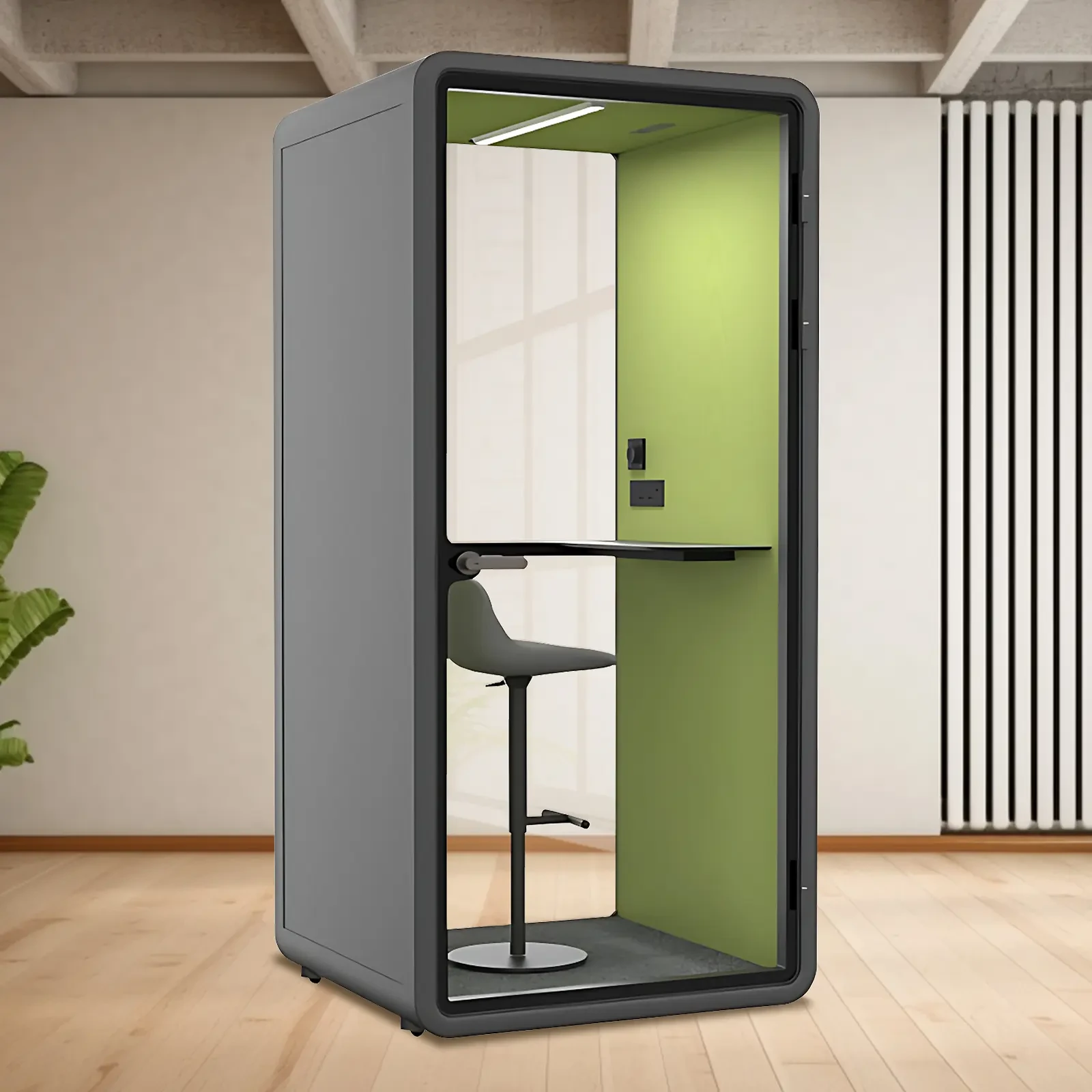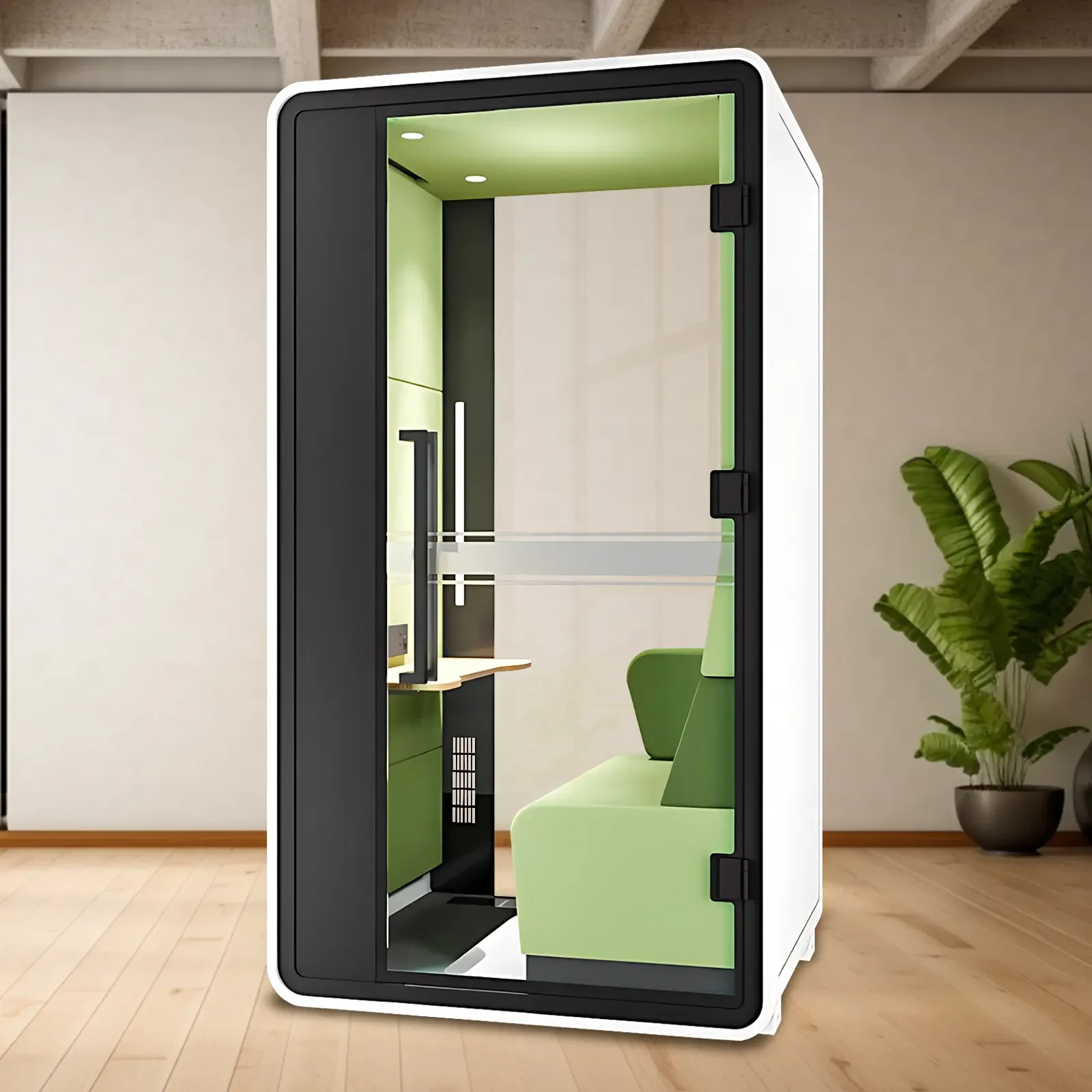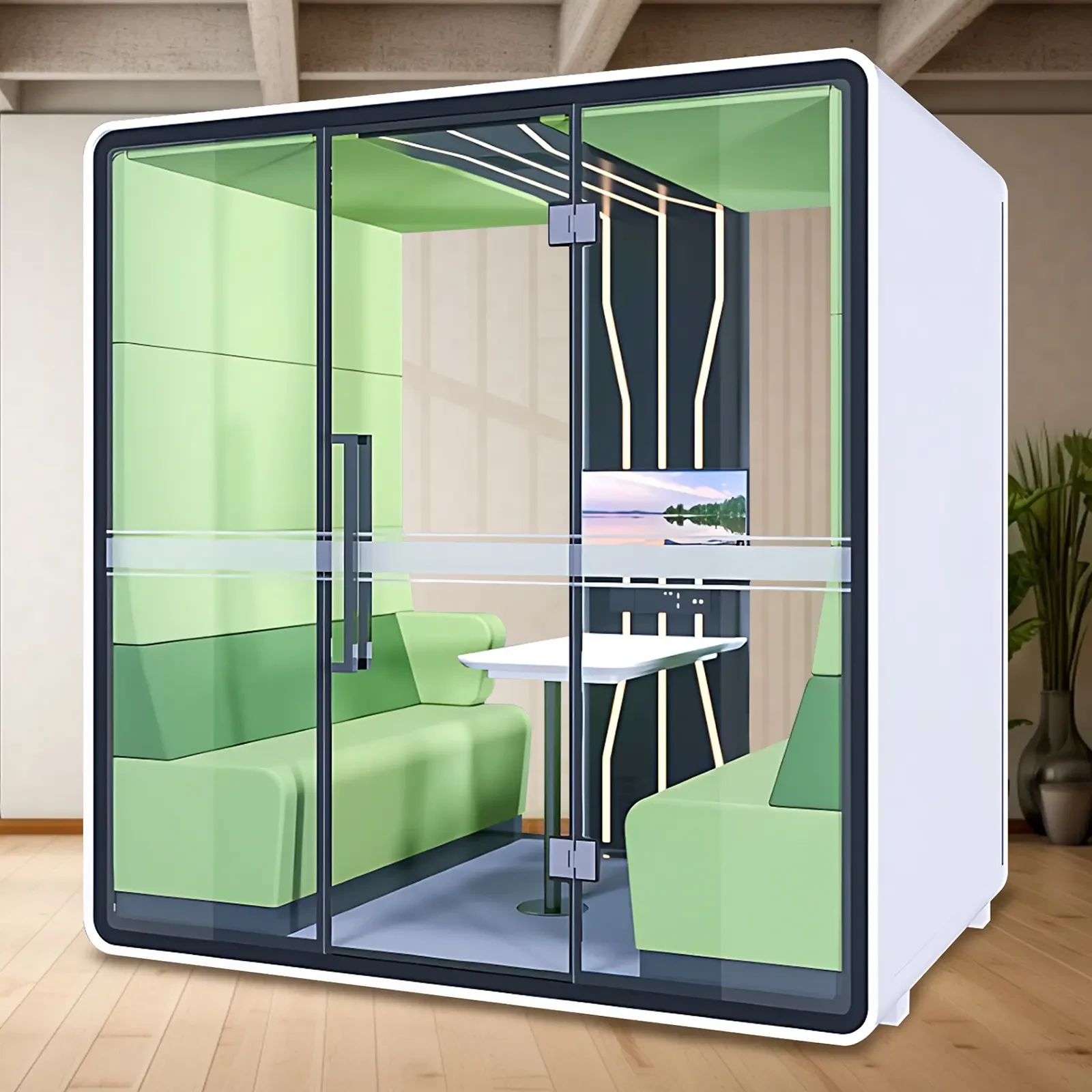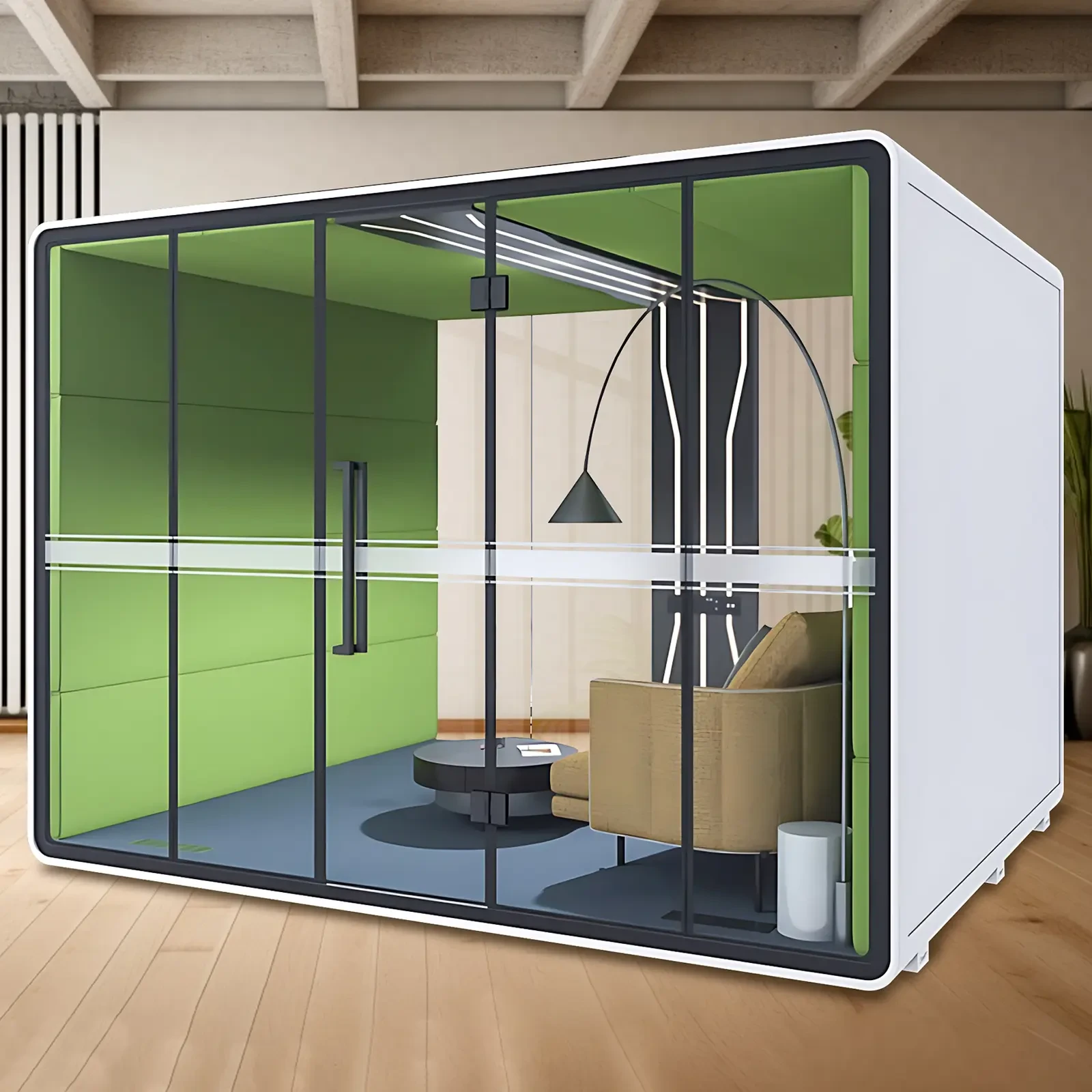Definition of Noise Pollution
From a physiological perspective, any sound that disrupts rest, study, or work, or interferes with desired listening, is considered unwanted noise. When noise negatively impacts people and the surrounding environment, it constitutes noise pollution.
Impacts of Noise Pollution
01
Noise Can Cause Deafness
It has been determined that noise levels exceeding 115 decibels can cause deafness. According to clinical statistics, up to 50% of people living in environments with noise levels exceeding 80 decibels will experience deafness. Medical experts believe that household noise is one of the causes of deafness and muteness in children.
02
Noise Reduces Work Efficiency
Research has found that noise levels exceeding 85 decibels can cause irritation and distraction, making it difficult to concentrate on work, resulting in reduced work efficiency.
03
Damage to the Cardiovascular System
Noise is a risk factor for cardiovascular disease. It can accelerate heart aging and increase the incidence of myocardial infarction. Medical experts have demonstrated through human and animal experiments that long-term exposure to noise can increase adrenal secretions, leading to higher blood pressure. People exposed to an average noise level of 70 decibels for extended periods can experience a 30% increase in their risk of myocardial infarction, particularly at night. A survey found that residents living near highways had a 30% increased risk of myocardial infarction. A survey of 1,101 female textile workers revealed a 7.2% prevalence of hypertension, with a 15.2% prevalence among those exposed to noise levels of 100 decibels.
04
Causing Nervous System Disorders
High-noise work environments can cause dizziness, headaches, insomnia, frequent dreams, general fatigue, memory loss, fear, irritability, low self-esteem, and even mental disorder. In Japan, there have been cases of people experiencing mental distress and suicide due to the unbearable effects of train noise.
05
Disruption of Rest and Sleep
Rest and sleep are essential for relieving fatigue, resting, and maintaining health. However, noise can disrupt rest and sleep. When people toss and turn and can't fall asleep, they become tense, breathing rapidly, their pulse rate races, and their brain becomes overly excited. The next day, they feel tired or weak in their limbs. This can affect their work and studies, and over time, can lead to neurasthenia, manifested by insomnia, tinnitus, and fatigue.
06
Damage to Women's Physiological Functions
Noise exposure can also cause menstrual irregularities, miscarriage, and premature births in women, such as sexual dysfunction, menstrual disorders, and increased miscarriage rates. Experts conducted a three-year systematic survey in seven regions, including Harbin, Beijing, and Changchun, and found that noise not only causes noise-induced hearing loss in female workers but also has adverse effects on menstruation and fertility. It can also cause miscarriage, premature birth, and even birth defects in pregnant women. A foreign study into widespread miscarriage and premature birth in a certain area found that the cause of these women's illnesses was the loud noise generated by aircraft taking off and landing.
07
Greater Harm to Children's Physical and Mental Health
Because children are still developing, their organs are extremely delicate and fragile. Whether they are fetuses or newborns, noise can damage their auditory organs, leading to hearing loss or even loss. According to statistics, there are over 70 million people suffering from hearing loss worldwide, a significant portion of whom are attributable to noise exposure. Expert research has shown that indoor noise is the primary cause of hearing loss in children. Exposure to noise levels above 85 decibels can increase the risk of hearing loss in up to 5%.
08
Noise Damages Vision
People only know that noise affects hearing, but it also affects vision. Experiments have shown that when noise intensity reaches 90 decibels, the sensitivity of human visual cells decreases, prolonging reaction time to dim light. At 95 decibels, 40% of people experience dilated pupils and blurred vision. At 115 decibels, most people's ability to adapt to light brightness decreases to varying degrees. Therefore, people exposed to noise for extended periods are prone to eye damage such as eye fatigue, eye pain, dizziness, and tearing. Noise can also disrupt color vision and visual field. Research has found that noise can reduce red, blue, and white visual fields by 80%. Therefore, drivers should avoid noise interference from stereo speakers, as it can easily lead to accidents.

 USD
USD
 GBP
GBP
 EUR
EUR






